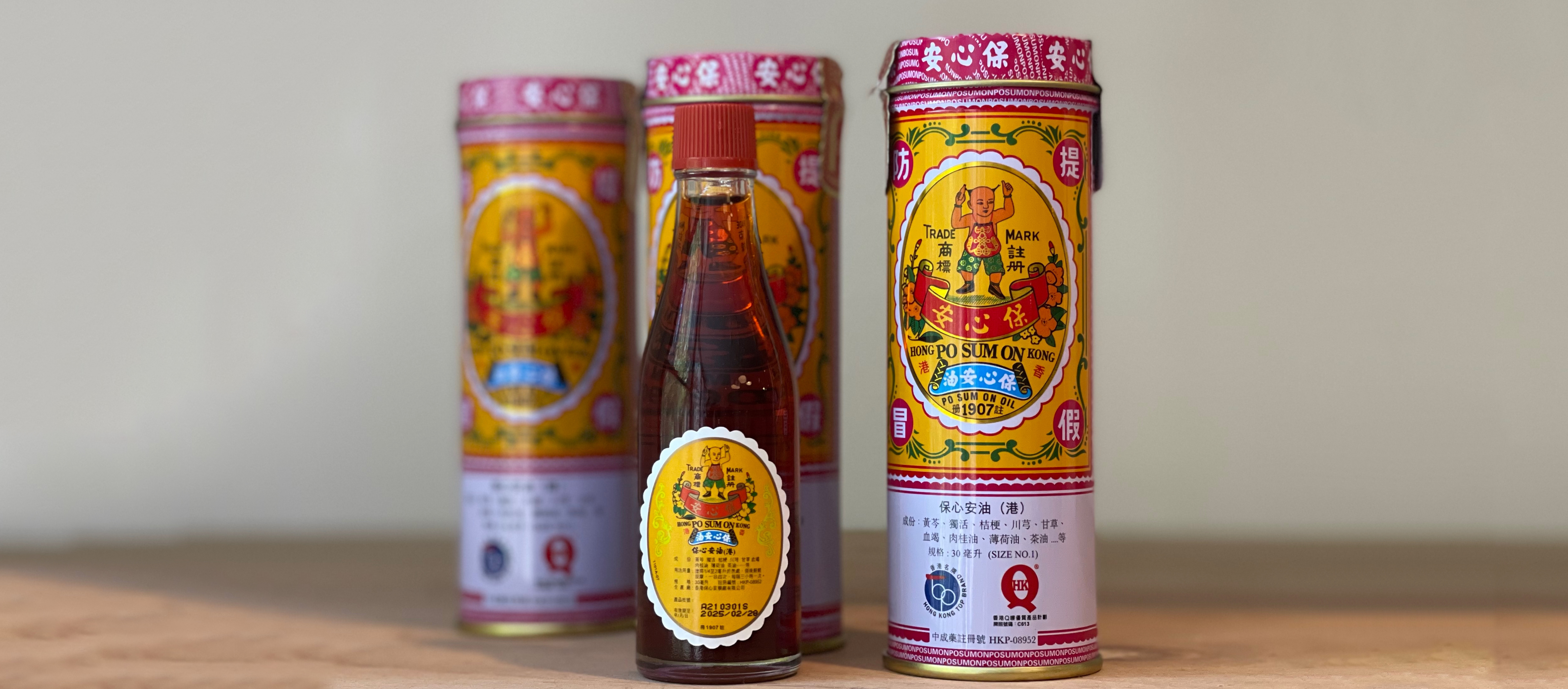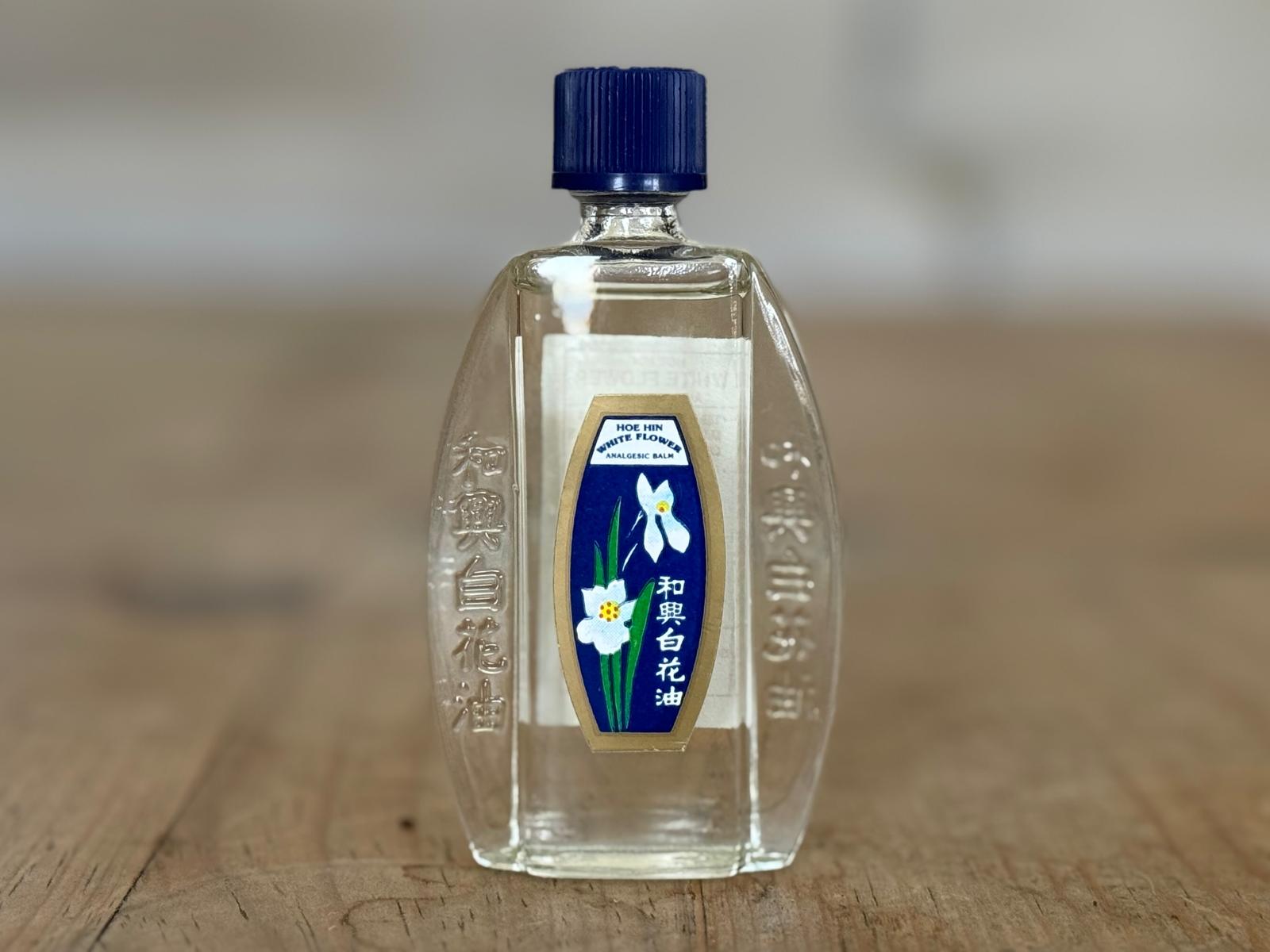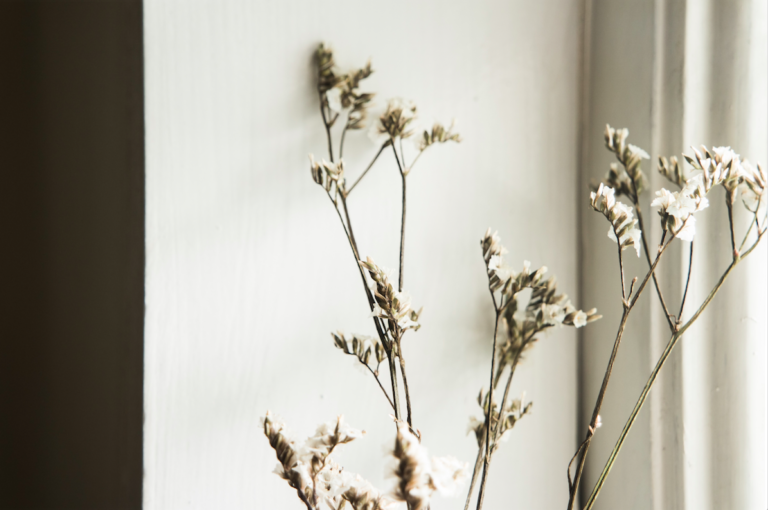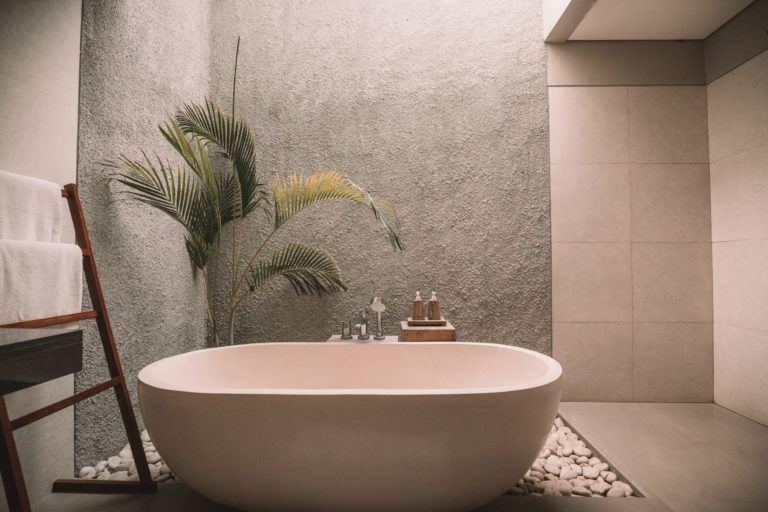When most people think of herbal medicine, they picture teas, tinctures, and pills—herbs taken internally to treat internal conditions. But Traditional Chinese Medicine (TCM) has long recognized the power of topical remedies as potent, fast-acting tools for pain relief, injury recovery, and performance support. Whether you’re a committed athlete or just getting more active with the summer weather, knowing a few common topical formulas can go a long way toward keeping your body strong and resilient.
While many herbalists create their own liniments, oils, and plasters, a wide variety of ready-made, over-the-counter formulas are also available. Among the most respected and time-tested are Po Sum On Oil, White Flower Oil, and Zheng Gu Shui. Each of these blends offers unique benefits based on TCM principles, particularly in their ability to regulate Qi and Blood, unblock channels, and support the body’s natural healing processes.
TCM Channel Theory and Healing Principles
In TCM, our health is based on having an abundance of Qi (energy) in the various forms that it takes, and that energy moving smoothly through the body’s meridians, or channels, which connect organs, tissues, and muscles. Injuries disrupt this flow, causing stagnation that manifests as pain, swelling, or inflammation. TCM liniments work by invigorating Qi and blood, dispersing stagnation, and warming or cooling channels to restore balance. Unlike Western medicine’s focus on immobilizing injuries, TCM emphasizes movement of energy to promote healing, reduce pain, and prevent chronic issues. Each liniment targets specific conditions based on its energetic properties and herbal composition.
Conventional Sports Injury and Healing Principles
Conventional sports medicine often follows the RICE protocol (Rest, Ice, Compression, Elevation) for acute injuries to reduce swelling and pain. Ice is typically used within the first 24 hours to minimize inflammation, followed by heat to enhance blood flow and tissue repair. (Rehabilitation focuses on restoring strength and mobility while preventing re-injury). While effective, this approach can sometimes slow recovery by overly restricting blood flow, especially in tissues like tendons and ligaments with limited circulation. TCM liniments help by promoting circulation and reducing stagnation so that mobilization and rehab can start sooner.
Here are three of the many topical remedies I use regularly, each with a unique therapeutic profile, and all are good to have on hand at home!
Pro Tip: Always start sparingly with anything new that you are putting on your skin, especially with kids. Avoid open wounds and wash your hands after using these. Rubbing your eyes or other sensitive areas is a mistake you’ll only make once.
If a new injury doesn’t seem to be improving or is particularly painful, you ought to have a doctor check that out.
Po Sum On: Warming Relief for Stagnation
Po Sum On, a century-old Hong Kong remedy, is a warm, brown liniment ideal for addressing blood and Qi stagnation. Its blend of peppermint, tea oil, cinnamon, and licorice creates a warming effect that invigorates blood flow and dispels cold, making it perfect for chronic aches or stiffness from overexertion. Its warming nature makes it useful for restoring flow to prevent chronic pain, complementing conventional heat therapy for recovery.

White Flower Oil: Cooling Relief for Acute Pain
White Flower Oil combines cooling essential oils like eucalyptus, lavender, menthol, and camphor to reduce inflammation and relieve acute pain. In TCM, it clears heat and disperses stagnation, making it ideal for fresh injuries like bruises or minor sprains within the first 24–48 hours. It’s great for quick pain relief and to reduce minor swelling. In conventional terms, it’s more like the cooling effect of ice packs than the Po Sum On above, but evaporates quickly, avoiding prolonged blood flow restriction from the cold.

Zheng Gu Shui: Deep Healing for Bones and Joints
Zheng Gu Shui, or “bone-setting water,” is a potent liniment with a history dating back to the Tang Dynasty. Known for its deep-penetrating, warming properties, it contains herbs like camphor, menthol, and zedoary rhizome to promote blood circulation, reduce swelling, and aid healing. It can be used for fractures, sprains, and arthritis by invigorating collaterals and dispersing entrenched stasis and promoting healthy circulation.
Let it dry to avoid staining your white linen.
Acupuncture as a Complementary Therapy
Topical liniments are commonly combined with acupuncture (and internal herbs) to restore Qi and blood flow, help recovery and hasten rehabilitation by targeting areas of stagnation or blockage caused by injury, and supporting the body’s innate healing mechanisms,
For the weekend warrior in you, or if you just overdid it a little on the court, combining TCM liniments and other treatments with conventional methods can optimize recovery and help get you back in the game fast. Curious what that might look like for you? Book a session and we can build a recovery plan together.




